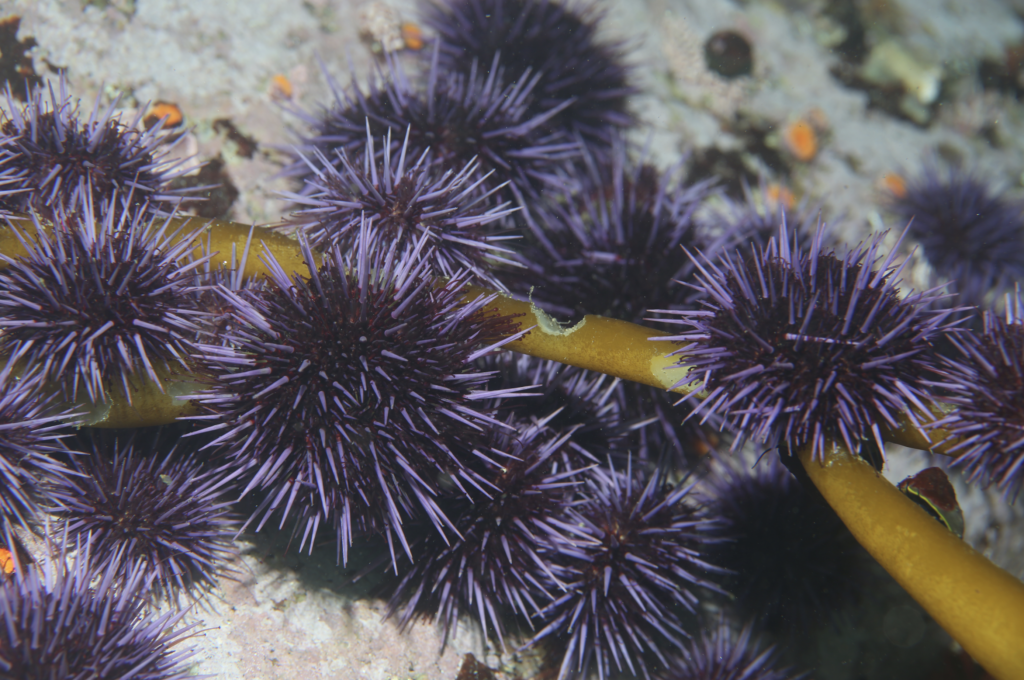An article about restoration ecology research, co-authored by Sonoma State University biology professor (and MLML and UCSC alum) Dr. Brent Hughes, was the cover story in the November 3, 2023 issue of Science, a prestigious peer-reviewed science research journal.
To understand why about 50 percent of vegetative ecosystem restoration efforts fail, Hughes said the authors collected worldwide research from 1,898 field experimental tests conducted in 64 countries and published in 451 articles, then created a single large data set to analyze. Their meta analysis found that, regardless of location or type (land or water), successful restoration must involve controlling plant-eating animals (herbivores).
“Without controlling those consumers, you are setting yourself up for failure,” Hughes said of their findings, adding that maintaining or re-introducing top predators are key to restoring vegetation and the ecosystem.
Hughes said the conclusion applies to restoration efforts in which he and his graduate and undergraduate students are leading with researchers at Sonoma State, UC Davis-Bodega Marine Laboratory, Moss Landing Marine Labs, The Nature Conservancy, and the Greater Farallones National Marine Sanctuary. The project is addressing the Northern California collapse – a 95 percent loss – of kelp forests, largely attributed to overconsumption by sea urchins.
Summarized in the cover story of Bay Nature magazine (Fall 2023), they are lab-growing kelp from spores and planting it off the Marin, Sonoma, and Mendocino county coasts. Keys to regrowing the kelp are placing it out of the reach of – and finding ways to reduce – the urchin population. Urchins along this coast have gone unchecked by natural predators due to the loss of sea otters in Northern California and a decline in sea stars.
–Written by Janet Durkin, contact: stratcom@sonoma.edu

Normally vertical in the water column, the stipe of a giant kelp (Macrocystis pyrifera) is weighed down to the seafloor by dozens of purple urchins (Strongylocentrotus purpuratus). These urchins consume the kelp and convert kelp-dominated rocky reefs into urchin-dominated reefs typically called “barrens” due to a reduction in many kelp-associated species. Photo: Dr. Steve Lonhart, MBNMS.